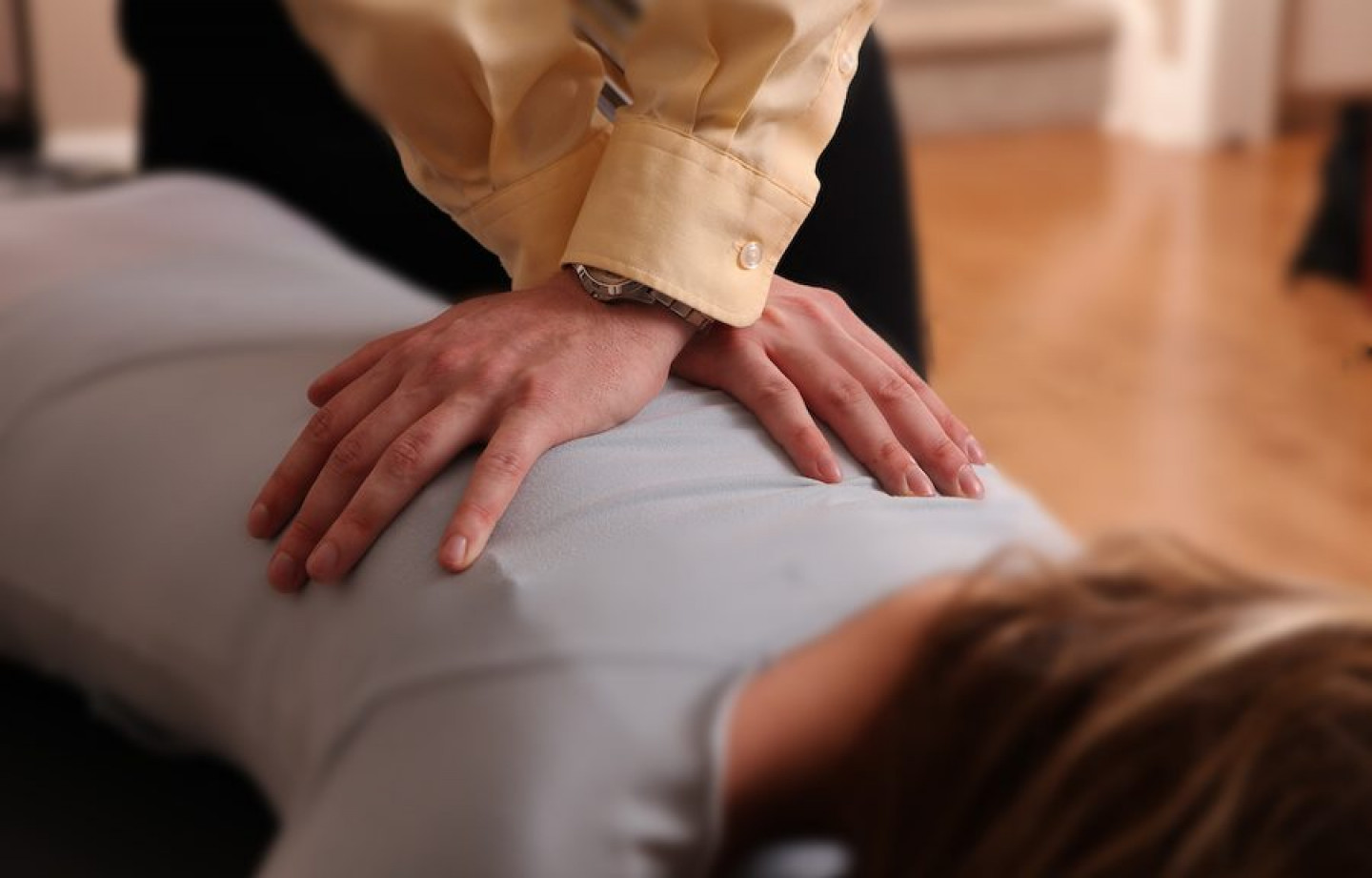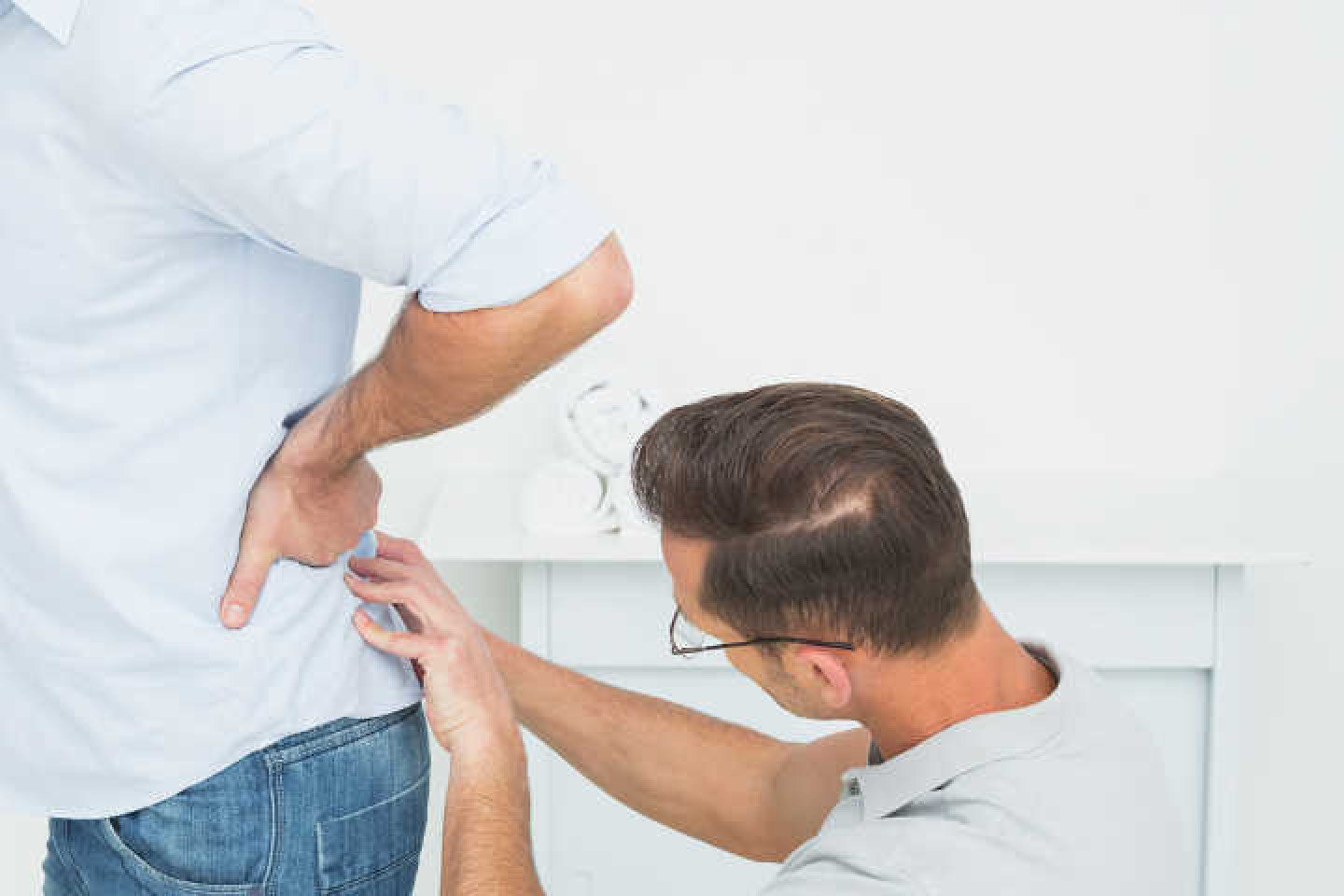Chiropractic Adjustment and Disc Bulge
Chiropractic adjustments are the treatment of choice to relieve most back pain and disc bulge.
Most people suffer from their back during their life. However, they have little idea of what is happening in their spine and what should be done to get some relief and heal properly. It is even expected that they make mistakes damaging their condition.
Disc and Spine Lesions
It is essential to know that most people have a lesion such as a disc degeneration or osteoarthritis, and nonetheless, they do not resent any pain from it. A study published in 2015 in the American Journal of Neuroradiology has shown that a large majority not complaining from back pain show:
Thirty-three articles reported imaging findings among 3,000 asymptomatic persons. Disk degeneration soared from 37% of 20-year-old individuals to 96% of 80-year-old individuals, and disk bulge from 30% of those 20 to 84% of those 80 years of age. Interestingly, disk protrusion prevalence climbed from 29% of those 20 to 43% of those 80 years of age. An annular fissure was surprisingly at 19% of those 20 years of age than 29% of those 80.
Disc Bulge
Investigations showing spine degeneration are widespread even with people not suffering at any time from their back and are the norm after 65, likely part of normal aging. The medical profession often picks the degenerative process as the explanation of the back pain that is asymptomatic most of the time. MRI and X-Ray are not good indicators of the cause. Between 5 to 10% of them will be diagnosed thanks to the spine imagery, most of the time invisible to them.
Ligament or muscle injuries and nerve irritation by some inflammation are common causes. This leads to muscle spasms and segment dysfunctions, reducing the range of movement and flexibility. As the vicious cycle, the inflammation remains irritating the nerves, so the muscles spasm.
Chiropractic Adjustment Mechanism
Chiropractic adjustments are highly effective and safe for back pain. Their aim is not to put a bone in place to align it. It is more of a rapid mobilisation providing a short stretch, stimulating some receptors, and in response, the spasms release, freeing up the joints, disc and segment. The chemical substances of the inflammation are taken away by an increased flow of blood and less irritate the nerves.
The spine is then more mobile and pain-free.


